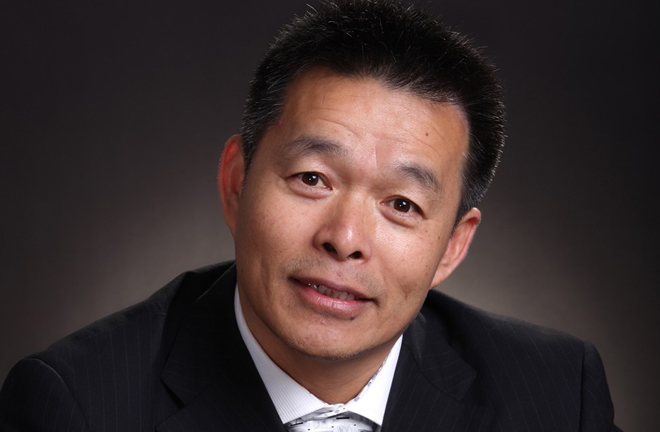HU ANGANG: Modernization of China will benefit world development
 In 1956, Chairman Mao Zedong predicted that by the beginning of the 21st century, China would undergo a great transformation into a powerful industrial socialist country, and today his predictions have proven to be correct.
In 1956, Chairman Mao Zedong predicted that by the beginning of the 21st century, China would undergo a great transformation into a powerful industrial socialist country, and today his predictions have proven to be correct.
When the People’s Republic of China was founded in 1949, it had the largest poor and agrarian population in the world as well as the highest rate of illiteracy. By bringing its own people out of poverty, China has greatly contributed to world development. Moreover, its success will generate positive spillover effects.
Some contributions of China’s modernization are calculable and quantifiable. In the three decades from 1981 to 2010, China contributed 97.1 percent to the total reduction of absolute poverty around the world, according to statistics from the World Bank. In the foreseeable future, China will continue to contribute to the world in science, culture and green growth.
Data from the World Intellectual Property Organization show that from 2000 to 2012, China’s share of global patent applications increased from around 4 percent to nearly 28 percent, while the US share increased from 22.4 percent to 23.1 percent. In the same period, China contributed nearly 62 percent to the increase of patent applications while the US contributed about 25 percent. China will become the world’s largest hub for technological innovation in the first half of the 21st century.
Five thousand years of Chinese civilization have provided a foundation for cultural modernization. At the core of China’s unique culture is the concept of harmony, which serves as a fundamental motive for cultural innovation, historical progress and the development of intellectual wisdom.
Starting in the 18th century, the Western-led expansion of capitalism has created economic miracles as well as unprecedented ecological crises. Thus, the key to determining the future of mankind is for China and other countries to take a green path. In the 21st century, China has become the biggest engine for global green trade and one of the biggest exporters of green products. In addition, it is taking an active part in global environmental governance.
Before 1949, China lagged behind in modernization and suffered from external aggression. At that time, China’s share in terms of major indicators for economic and social development continued to drop, widening its gap with developed countries.
After the establishment of New China, a modern economy took shape, and the average annual GDP growth per capita continued to surpass one percent. The nation set a core goal to pursue the cause of modernization. So far, China has made rapid progress in this regard. Its contribution to world development continues to rise, and China is closing the gap with developed countries to the point where it is exceeding some of them in many aspects.
China has served as a role model for economic development and modernization in the last decades of the 20th century. The success of Chinese modernization will have positive spillover effects on global development and human progress. Moreover, global development will in turn facilitate modernization in China.
Hu Angang is a professor from the School of Public Policy and Management at Tsinghua University.
